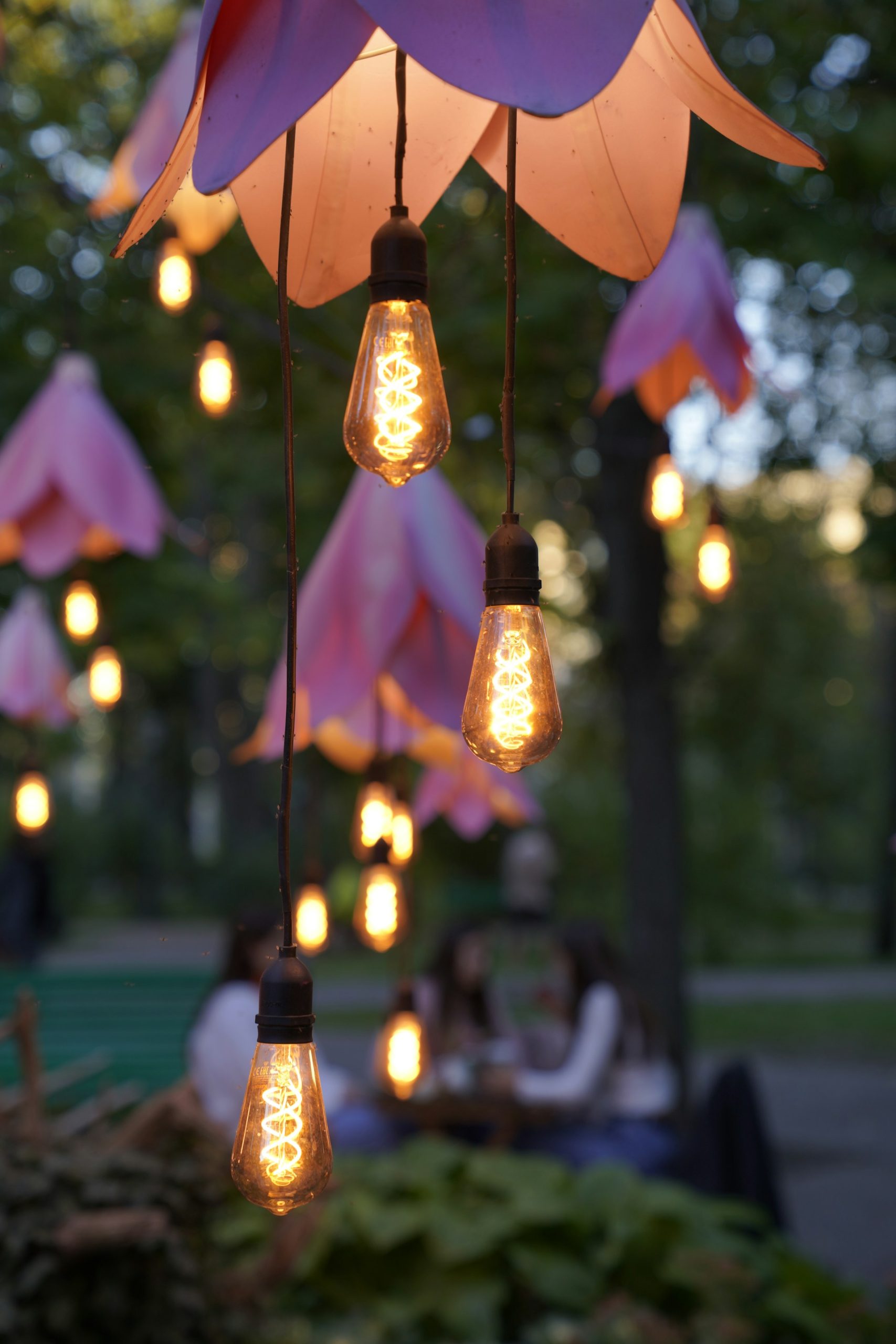The modern world is increasingly conscious of energy use, and the drive to make our homes more energy-efficient continues to grow. Energy efficiency is not just about reducing carbon emissions; it’s also about saving money and providing a comfortable living environment. But what if your home is a little older than most? Victorian terraced houses are a common sight in the UK, beautiful in their historic charm but often lack the efficiencies of modern buildings. However, it is possible to retrofit these homes with energy-saving features without detracting from their original allure. Here’s how you can maximize energy efficiency in a Victorian terraced house in the UK.
Understanding the Challenges
Before we delve into the solution, we should appreciate the unique challenges that Victorian terraced houses present. Built between 1837 and 1901, these homes were constructed without any consideration for energy efficiency or heating. Their design and materials, while beautiful, are not conducive to retaining heat or preventing moisture.
Cela peut vous intéresser : What are the legal requirements for renting out a room in your UK home on Airbnb?
Victorian homes often feature solid walls, made from either brick or stone, which are poor insulators compared to modern cavity wall systems. This makes them prone to heat loss, which can result in high heating costs during the colder months. Another issue is the single-glazed sash windows that were common in this period. These windows allow a significant amount of heat to escape, further decreasing the home’s energy efficiency.
Moreover, the age of these homes means they are often subject to damp and moisture problems. This can be due to poor insulation, inadequate ventilation, or the use of inappropriate modern materials in previous renovations.
A lire également : Effective Noise Control Strategies for UK Duplexes Located on Bustling Streets
Implementing Insulation
One of the most effective ways to reduce energy usage in homes is to insulate properly. Insulation keeps your home warmer in the winter and cooler in the summer by reducing the amount of heat that escapes through walls, ceilings, and floors.
For Victorian terraced houses, internal wall insulation is a popular option. Efficient and cost-effective, internal wall insulation involves attaching insulation boards to the inside of the external walls. However, it’s crucial to know that this process will reduce the room’s size slightly and may involve additional work such as moving radiators and sockets.
On the other hand, external wall insulation, while more expensive and disruptive, offers an improved thermal performance and doesn’t reduce internal space. It also provides an opportunity to improve the appearance of the exterior, especially if the façade is in poor condition.
Loft insulation is another relevant strategy since heat rises and can easily escape through an uninsulated roof. Up to a quarter of heat loss in an uninsulated home occurs through the roof. Therefore, by insulating your loft, you can significantly improve your home’s energy efficiency.
Upgrading Windows and Doors
Windows and doors are the weakest link in the insulation chain of a home. They account for a significant amount of heat loss, especially in Victorian terraced houses with their single-glazed windows.
Upgrading to double-glazed windows can make a considerable difference. These windows are made with two layers of glass with a gap in between, which is filled with an insulating gas. This design significantly reduces the amount of heat that escapes through the windows.
In addition to windows, doors can also be a source of heat loss. Older doors can be draughty and may not fit their frames as well as they used to. Replacing them with modern, energy-efficient doors will help to reduce drafts and keep the warmth in.
Remember, it’s also important to maintain the aesthetic of your home. Seek professional advice to find solutions that match the style of your Victorian terraced house.
Installing an Efficient Heating System
The heating system is a critical component when it comes to a home’s energy efficiency. Older, inefficient boilers can cause your energy bills to skyrocket, especially in a draughty, poorly insulated Victorian house.
Installing a modern, energy-efficient boiler will make a considerable difference in your home’s energy usage. Some modern boilers can achieve efficiencies of up to 90%, which is a significant improvement over older models.
Underfloor heating can also be a more efficient method of heating rooms. It provides a consistent temperature across the room, and because the heat source is spread throughout the floor, it can operate at a lower temperature than radiators.
Opting for Energy-Efficient Conversions
Finally, when thinking about maximising the energy efficiency of your Victorian terraced house, consider the potential for conversions. Converting unused spaces such as lofts or cellars into living spaces can add value to your home and increase its energy efficiency.
For example, a cellar conversion can provide additional living space and, if done correctly, can improve the thermal efficiency of the building. The earth surrounding the cellar provides natural insulation, and with the addition of internal wall insulation, it can become a warm, cosy space.
Similarly, a loft conversion can provide an extra bedroom or office space, and with the right insulation, it can also help to reduce heat loss.
Remember, any conversion will need to comply with building regulations and consider the potential impact on the historic character of the house. Therefore, it’s advisable to consult with a professional before undertaking such projects.
The Complete Guide to Cladding Materials and Design Installation
Cladding can play a critical role in enhancing energy efficiency of Victorian terraced houses. Not only does it add aesthetic appeal, but it also greatly improves the insulative properties of the house. It’s a layer of material added to the exterior of the house, helping to protect the building from the elements and prevent heat loss.
A wide variety of cladding materials are available, each having its own pros and cons. Some of the popular options include timber, brick, stone, and modern synthetic materials. Your choice depends on the look you’re going for, your budget, and the specific requirements of your house. For instance, timber cladding is often favoured for its classic appeal, but it requires regular maintenance to prevent rot and decay. Synthetic materials like uPVC or fibre cement, on the other hand, are durable and require little maintenance, but they may not be as visually appealing.
In terms of design installation, it’s crucial to ensure that the cladding is installed correctly to maximise its energy-saving potential. This involves creating a ventilated space behind the cladding to prevent condensation, and using insulation to further enhance the thermal performance. Again, it’s advisable to seek professional advice to ensure the installation is carried out correctly.
Remember, while cladding can greatly improve the energy efficiency of your house, it should also be in keeping with the style of your Victorian terraced house. A complete guide to cladding materials and design installation can provide further guidance on this.
Extensions: Adding Space and Energy Efficiency
Extensions are another great way to improve the energy efficiency of a Victorian terraced house while adding valuable living space. Whether you’re looking to add a conservatory, a kitchen extension, or an extra bedroom, an extension can provide an opportunity to incorporate energy-efficient features into the design.
For instance, you could consider adding underfloor heating in your new extension, which can be more energy-efficient than traditional radiators. You could also ensure that the walls, floor, and roof of the extension are well-insulated to minimise heat loss.
Furthermore, the design of the extension can also play a role in its energy efficiency. For example, you could use large, south-facing windows to let in natural light and heat from the sun, reducing the need for artificial lighting and heating. However, it’s important to balance this with the need for shading to prevent overheating in the summer months.
As with conversions, extensions must comply with building regulations and be in keeping with the character of the original house. Therefore, it’s advisable to seek professional advice before undertaking such projects. Extensions: adding space and energy efficiency can be a beneficial project for your Victorian terraced house, but they require careful planning and execution.
Conclusion
Victorian terraced houses, while charming and full of character, present unique challenges when it comes to energy efficiency. However, with careful planning and the right improvements, you can significantly enhance the energy efficiency of your home, reduce your energy bills, and create a comfortable living environment without sacrificing its historic appeal.
Whether you’re considering insulation, upgrading windows and doors, installing an efficient heating system, opting for energy-efficient conversions, or even considering extensions and cladding, this complete guide provides an overview of the options available.
Remember, while it can be a substantial investment initially, improving the energy efficiency of your house can save you money in the long term and increase the value of your property. So, whether you’re looking to build a house or upgrade your existing home, focusing on energy efficiency is a smart move.
















